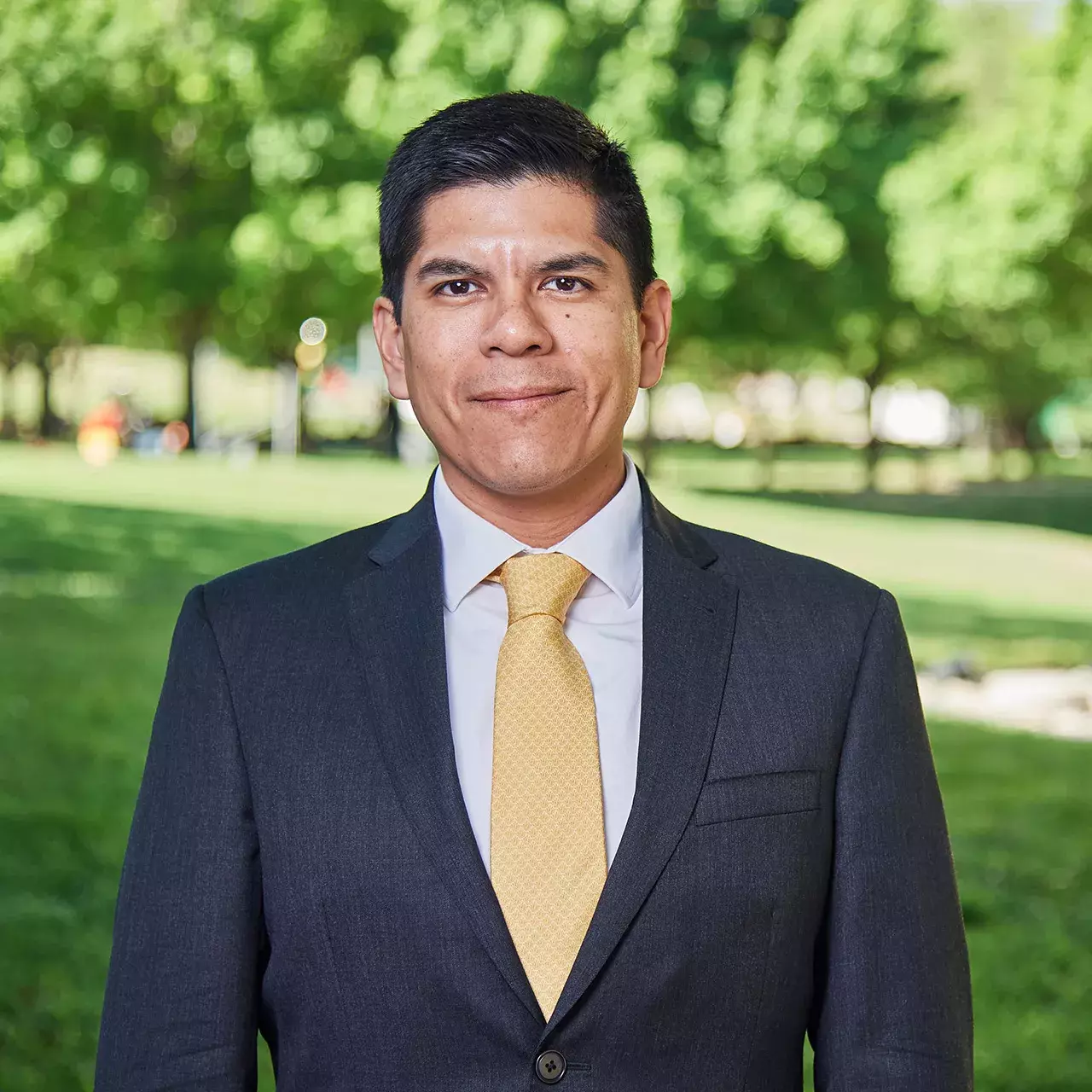
Doctorado en Ciencia Clínica y Biomedicina
Aalborg, Dinamarca
2012 - 2015
Maestría en ciencias con especialidad en Biotecnología
Monterrey, México
2007 - 2009
Ingeniero mecánico administrador
Toluca, México
1998 - 2002
Universidad de Monterrey
Profesor asistente
2017
Mermaid Care Aps
Colaborador e investigador
2012 - 2014
Oficina de medicina presencial remota y telemedicina, Instituto de Salud del Estado de México
Supervisor
2010 - 2011
Instituto Tecnológico y de Estudios Superiores de Monterrey, Campus Monterrey
Estudiante-investigador
2007 - 2009
Departamento de Ingeniería Biomédica, Centro Médico ISSEMyM
Supervisor de equipo médico
2004-2007
Departamento de Ingeniería Biomédica, Centro Médico ISSEMyM
Ingeniero de servicio
2003 - 2004
Estipendio
Aalborg University
2012 - 2015
Larraza, S., Rees, S.E., & Karbing, D.S. (2017). Identification of dynamic hyperinflation using a combination of expiratory flow and respiratory carbon dioxide signals. WO2017/000961-A1.
Larraza, S., Rees, S.E., Dey, N., Spadaro, S., Brohus, J.B., Winding, R.W., Volta, C.A., & Karbing, D.S. (2016). Typical patterns of expiratory flow and carbon dioxide in mechanically ventilated patients with spontaneous breathing. J Clin Monit Comput
Larraza, S., & Campos, M. (2016). Simulation of patient-ventilator interaction with harmonic analysis. In: Proceedings of the 38th Annual International Conference of the IEEE engineering in medicine and biology society (EMBC)
Larraza, S., Karbing, D.S., Dey, N., Jensen, J., Nygaard, M., Winding, R., & Rees, S.E. (2015). A mathematical model approach quantifying patients' response to changes in mechanical ventilation: Evaluation in pressure support. J Crit Care, http://dx.doi.org/10.1016/j.jcrc.2015.05.010
Larraza, S., Karbing, D.S., Dey, N., Jensen, J., Nygaard, M., Winding, R., et al. (2015). A mathematical model approach quantifying patients' response to changes in mechanical ventilation: Evaluation in volume support. Med Eng Phys, http://dx.doi.org/10.1016/j.medengphy.2014.12.006
Larraza, S. (2015) The application of physiological models to describe spontaneously breathing patients’ response to changes in ventilator support. Aalborg University press.
Larraza, S., Dey, N., Karbing, D.S., Nygaard, M., Winding, R., & Rees, S.E. (2014). A mathematical model for simulating respiratory control during support ventilation modes. In: IFAC PapersOnLine, Proceedings of the 19th IFAC World Congress;19(1):8433-8438.
Larraza, S., Rees, S.E., & Karbing, D.S. (2014). A system and corresponding method for estimating respiratory drive of mechanically ventilated patients. WO2014/187465-A1.
Larraza, S., & Vazquez de Anda, G.F. (2010). Robotics in acute care facilities. ICU Management 2010; 10: 22-23.
Larraza, S. (2017). Comportamiento del Síndrome de Apnea Obstructiva del Sueño (SAOS) por medio de un Modelo RC. Memorias del XL Congreso Nacional de Ingeniería Biomédica.
Larraza, S. (2017). Algoritmo para identificar y cuantificar cuadros arrítmicos utilizando Matlab. Memorias del XL Congreso Nacional de Ingeniería Biomédica.
Larraza, S. (2016). Simulation of patient-ventilator interaction with harmonic analysis. Proceedings of the 38th Annual International Conference of the IEEE engineering in medicine and biology society (EMBC).
Larraza, S. (2015). Measured changes in serial dead space during modification of pressure support. Acta Anaesthesiologica Scandinavica.
Larraza, S., Dey, N., Karbing, D.S., Nygaard, M., Winding, R., Rees, S.E. (2014). 0108. Patients' response to changes in ventilator support. A modelling approach. Intensive Care Med Exp 2014;2(Suppl 1):P15.
Larraza, S. (2014). A mathematical model for simulating respiratory control during support ventilation modes. IFAC PapersOnLine, Proceedings of the 19th IFAC World Congress.
Larraza, S., Dey, N., Karbing, D.S., Winding, R., Nygaard, M., & Rees, S.E. (s.f.). Integrating mathematical models of pulmonary gas exchange, acid base, and respiratory control for simulation of changes in mechanical ventilation during support modes. J Crit Care ;28(6):e42-e43.
Candidato
2017 a la fecha
Nivel C
Área III: Medicina y Ciencias de la Salud
Línea de investigación: ventilación mecánica, respiración espontánea, reflejos químicos, y modelación fisiológica.